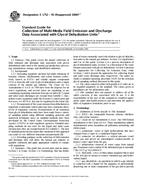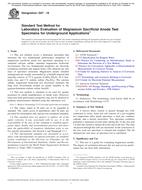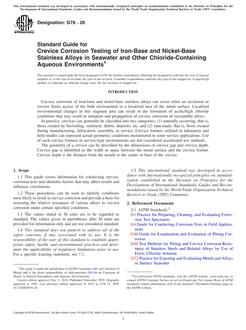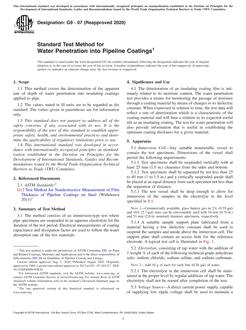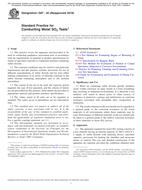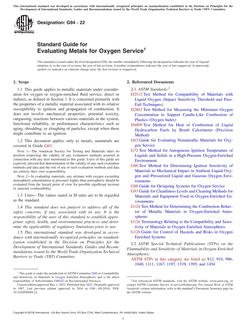Description
ASTM E1752 – Standard Guide for Collection of Multi-Media Field Emission and Discharge Data Associated with Glycol Dehydration Units (Withdrawn 2009)
1.1 Purpose This guide covers the proper collection of field emission and discharge data associated with glycol dehydration units used in the natural gas production, processing, transmission, storage, and distribution industries.
1.2 Background:
1.2.1 Increasing regulatory pressure has made emissions of benzene, toluene, ethylbenzene, and xylene isomers (collectively known as BTEX) and volatile organic compounds (VOCs) from the still vent of glycol dehydration units a major concern of the natural gas industry. The Clean Air Act Amendments (CAAA) of 1990 have been the impetus for air toxics regulations, and several states are regulating or are considering regulating emissions from glycol units (1). Liquid and solid waste discharges are exempt from Subtitle C (hazardous waste) regulation under the Resource Conservation and Recovery Act (RCRA), but may be regulated in the future (2).
1.2.2 Measurement of the waste streams from dehydrators is important to determine which units may have emissions above levels of regulatory concern. Measurements of air emissions from glycol dehydration units have been made from a variety of sampling points using different sampling protocols and analytical techniques since no standard methods have been developed by the United States Environmental Protection Agency (USEPA) or state regulatory agencies. Standard sampling methods do not exist for the liquid and solid waste streams since they are exempt from RCRA Subtitle C. The lack of standard protocols has meant that variations of this approach can result in very different emissions measurements (3).
1.2.3 Providing guidance on the collection of field emission and discharge data will allow the natural gas industry to quantify emissions and apply appropriate controls to comply with regulations.
1.3 Summary–This guide has several parts and an annex. Section 1 is Scope. Section 2 is Terminology that has definitions of terms commonly used with relation to glycol dehydration units in the natural gas industry. Section 3 is Significance and Use of this guide. Section 4 is a process description of glycol dehydration units. Section 5 is a discussion of the waste streams associated with glycol dehydrators. Section 6 presents the Approaches for Collecting Air Emission Data, while Sections 7 and 8 present the approaches for collecting liquid and solid waste discharge data, respectively. The annex includes a standard operating procedure (SOP) for the rich/lean glycol sampling method discussed in this guide.
1.4 The values stated in either inch-pound or SI units are to be regarded separately as the standard. The values given in parentheses are for information only.
1.5 This standard does not purport to address all of the safety concerns, if any, associated with its use. It is the responsibility of the user of this standard to establish appropriate safety and health practices and determine the applicability of regulatory limitations prior to use.
Product Details
- Published:
- 01/01/2000
- Number of Pages:
- 14
- File Size:
- 1 file , 110 KB
- Note:
- This product is unavailable in Russia, Ukraine, Belarus

